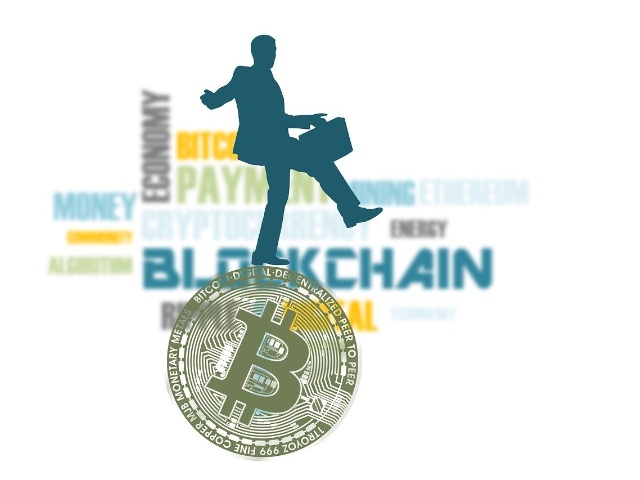De goudprijs is het afgelopen decennia fors gestegen door onder andere de overheidstekorten, de opbouw van schulden en het printen van geld. Hoe ziet de situatie er vandaag de dag in Amerika uit? Zijn er feiten dit het tegenovergestelde aantonen? Is onze koopkracht weer stijgend zodat goud zijn voornaamste eigenschap verliest? Moeten we goud overlaten aan diegene die nog geloven in sprookjes? We zetten de feiten op een rijtje.
De Amerikaanse schulden bedragen momenteel meer dan $ 15 biljoen, dit is ongeveer 100 % van het bbp. Amerika betaalde in 2011 voor $ 454 miljard aan intresten. Het nieuwe schuldplafond van $ 16,4 biljoen zal vermoedelijk rond september 2012 bereikt worden. Amerika is verantwoordelijk voor 1/3e van alle schulden in de wereld.

Barack Obama was de man die verandering ging brengen in Amerika. Hetgeen hij vooral gedaan heeft is (nog) meer schulden brengen. Sinds hij president is, is de Amerikaanse schuldenberg al met $ 5 biljoen gestegen. In 2011 spendeerde de Amerikaanse overheid $ 3,7 biljoen terwijl het maar $ 2,4 biljoen ontving. Het heel omstreden Obamacare-plan zou nog eens 17 biljoen dollar aan lange termijnschulden toevoegen aan de totale schuldenberg. Met het tempo van Obama’s regering zal de Amerikaanse schuldenberg over 10 jaar $ 26 biljoen bedragen.
Inclusief overheids, regionale en lokale belastingen heeft Amerika het hoogste belastingstarief voor bedrijven. In 2011 werd 61 % van alle obligatie-uitgiften gekocht door de Federal Reserve. Er is ook nog totaal geen bereidheid tot besparingen waardoor de Federal Reserve nog veel meer geld zal moeten printen om de obligatie-uitgiften te financieren.
Het is daarom duidelijk dat de bullish goudtrend nog niet voorbij is. Westerse overheden proberen net als Amerika hun munt te devalueren door zoveel mogelijk geld te printen. Dit heeft zijn inflatoire krachten op bepaalde onderdelen van de economie, voornamelijk de grondstofgerelateerde producten. Hierdoor zal de koopkracht van de mensen dalen.
Goud staat al eeuwen bekend om zijn behoud van koopkracht in moeilijke tijden. Moeilijke tijden waar we dus midden in zitten. Goud zit momenteel in een consolidatiefase zoals we die gekend hebben in 2008. De uitwassen nu zijn echter veel groter dan 4 jaar geleden. Na de consolidatiefase is het goed mogelijk dat goud weer een trendlijn gaat neerzetten zoals na de consolidatie in 2008. 
Ronald Hendricks (Fininfo-be)


